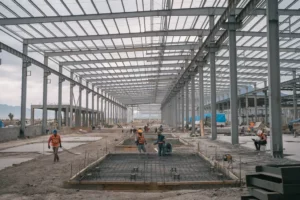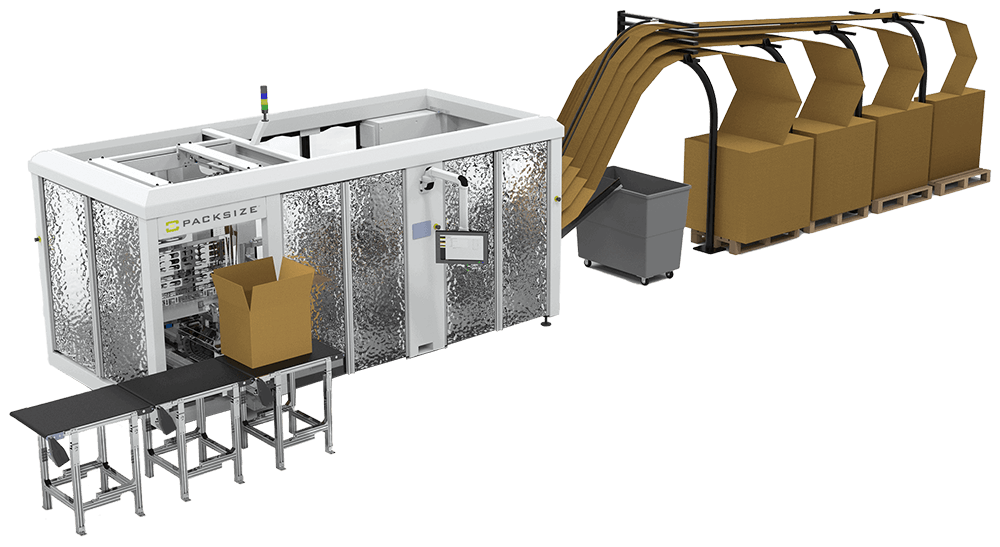China’s Investment in Mexico
Over the past three decades, China has established itself as one of the largest players in the world on both economic and political levels. The dramatic rise of China’s power in terms of economics can be attributed to when China joined the World Trade Organization, WTO, in 2001. After joining the WTO, many countries assumed that China would adopt Westernized practices in both their economic and political policies. But that did not happen. Instead, China adopted Westernized policies for its economics and rapid industrialization but retained its communist and socialist political makeup.
China’s rise to power has been astonishingly fast as they ascended the ranks of the world’s most powerful countries to number 2, right behind the US. Some experts believe that China has overtaken the US in terms of economic strength, and if they haven’t yet they will soon. However, this perspective sentiment was challenged in 2020 with the start of the COVID-19 pandemic.
When the COVID-19 pandemic began, businesses across the world were ravaged by unprecedented problems of factory closures, logistics disruptions, and of course, human costs. Many businesses were faced with the struggle to acquire raw materials and parts to run their businesses. Many of these materials were sourced from Asian countries, specifically China. Coupled with the trade war and 25% or more import tariffs to the U.S., skyrocketing logistics costs, and the geopolitical environment, U.S. manufacturers started exploring the idea of reshoring to the U.S. or nearshoring to Mexico.
Nearshoring is the practice of companies moving production to countries that are either close to where the business is located or close to where the primary market is located. Mexico has 13 free trade agreements with over 50 countries, including the gigantic USMCA free trade agreement between the US, Mexico, and Canada. This makes Mexico an ideal location to establish new factories and a perfect place for countries to move their businesses to. The influx of companies and the mass amounts of revenue from manufacturing that Mexico is beginning to generate demonstrates that China is susceptible to its monopoly of production. In fact, in 2022, China’s economy grew at 2% – a far cry from the double-digit growth a few years ago. China is now faced with challenges to its production supremacy. China’s reaction has been to invest in manufacturing plants in other countries, including Mexico.
Instead of looking at countries like Mexico and India as threats, China saw them as opportunities. China could not maintain its power as the number one global producer of goods and began investing in other countries, including heavy investment along the U.S.-Mexico border.
Chinese investment takes shape in three main forms – the first is through direct investment into Mexican-based companies, the second is the relocation of Chinese companies into Mexico, and the third is the acquisition of 100s of millions of dollars of real estate in Mexico, particularly along the border. While all three of these forms of Chinese investments have been beneficial for
China, the third form, acquiring real estate along the border, is both the most interesting and beneficial of the three forms.
China is pouring hundreds of millions of dollars into the areas along the Mexican border, but for what reason? The huge investments that they are making to acquire this land seem to lack benefit because these are largely unpopulated deserts with no development. In other cases, Chinese companies are buying Mexican manufacturers. But despite the difficulties and complexities, China is eager to invest in these areas due to the potential for cross-border commerce with the U.S. in the future.
Each year hundreds of billions of dollars in cross-border commerce traverse the customs commercial crossing points and into U.S. and Canadian markets. Chinese investment in Mexican factories and potential building sites gives duty-free access to markets, provided that products entered into the commerce of the U.S. are the growth or production of Mexico, not China. Most goods with the Country of Origin China, are subject to a Trump-era trade war tax of 25% upon import into the U.S. Goods that are the growth or product of Mexico, may qualify for entry into the U.S. under USMCA duty-free.
Chinese strategic investments in Mexican factories give them access to the largest consumer market in the world and the potential for a duty-free entry advantage.
About the Author
Jacob Wenzel graduated from the University of San Diego with a degree in both Political Science and International Business.
He participated in a study abroad opportunity in Tokyo, Japan where he studied the international business practices of many Asian countries. This trip established Jacob’s love for travel and no matter where his work takes him he is excited to learn more about where he will end up. Outside of school, Jacob has worked at several law firms and political campaigns as well as other jobs like a local pizza shop in San Diego. Jacob wants to explore the international business world further before applying to law school later in the future.




